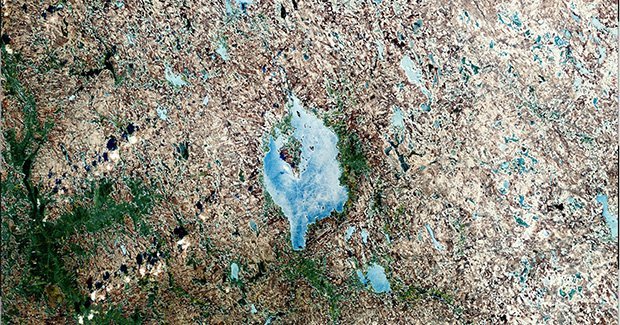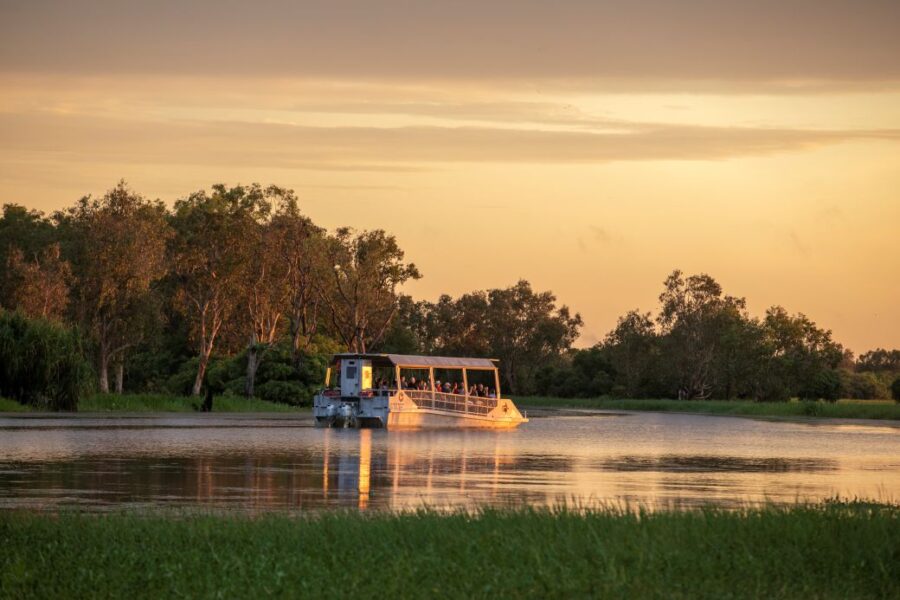Early life evolved in hot meteorite craters?

METEORITE CRATERS MAY have harboured life on the early Earth, say Australian researchers, who have found clues that these craters cool much more slowly than had previously been thought.
In a study published last week, the researchers found that the 23km Lappajärvi impact site in Finland remained warm for a significant period following the impact that created it.
With water and organic building blocks, the warm crater contained “a cocktail that might have been very suitable for the establishment and settlement of life,” says Dr Martin Schmieder, a geologist at both the University of Western Australia and Curtin University, in Perth.
The Lappajärvi impact structure was formed 76 million years ago by a meteorite roughly 1km in diameter. The temperature of the meteorite exceeded 2,000ºC upon impact – enough to melt and vaporise rock.
“You can imagine that this creates massive havoc and massive heat as the body penetrates the crust,” says Martin, one of the authors of the study published in the journal Geochimica et Cosmochimica Acta.
Crater stayed warmer for longer
It was previously thought that small and medium-sized craters like Lappajärvi cool down over a period of some 10,000 years – most likely too short a time to provide the energy needed for life to evolve.
But, working alongside geochronologist Dr Fred Jourdan, who runs the Western Australian Argon Isotope Facility at Curtin University, Martin found that the crater actually took between 600,000 – 1.6 million years to cool down.
The researchers came to this conclusion after dating two types of rock formed as the crater cooled. They did this by measuring the radioactive decay of potassium to argon in the rocks.
Expecting the ages to be very close, the researchers instead found they differed considerably, by up to 1.6 million years.
“This led us to conclude crater cooling might have taken a longer time than previously estimated,” says Martin.
A cocktail for life
Add to this the fact that water then quickly filled the crater and organic chemicals may have come from crater rocks or the meteorite itself, and researchers speculate that all of the ingredients for life may have been present in early meteorite craters like this one.
Professor Malcolm Walter, an astrobiologist at the University of New South Wales, points out there is strong evidence that life originated in high temperature environments, like deep-sea hydrothermal vents or perhaps, craters.
“It’s quite possible, but it is just very difficult to get beyond prediction and speculation,” says Malcolm.
For Martin, the search for potentially life-harbouring impact sites will continue closer to home. “Western Australia, and Australia as a continent, is like an El Dorado for impact research,” he says.
RELATED STORIES




